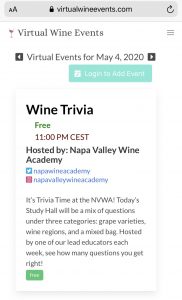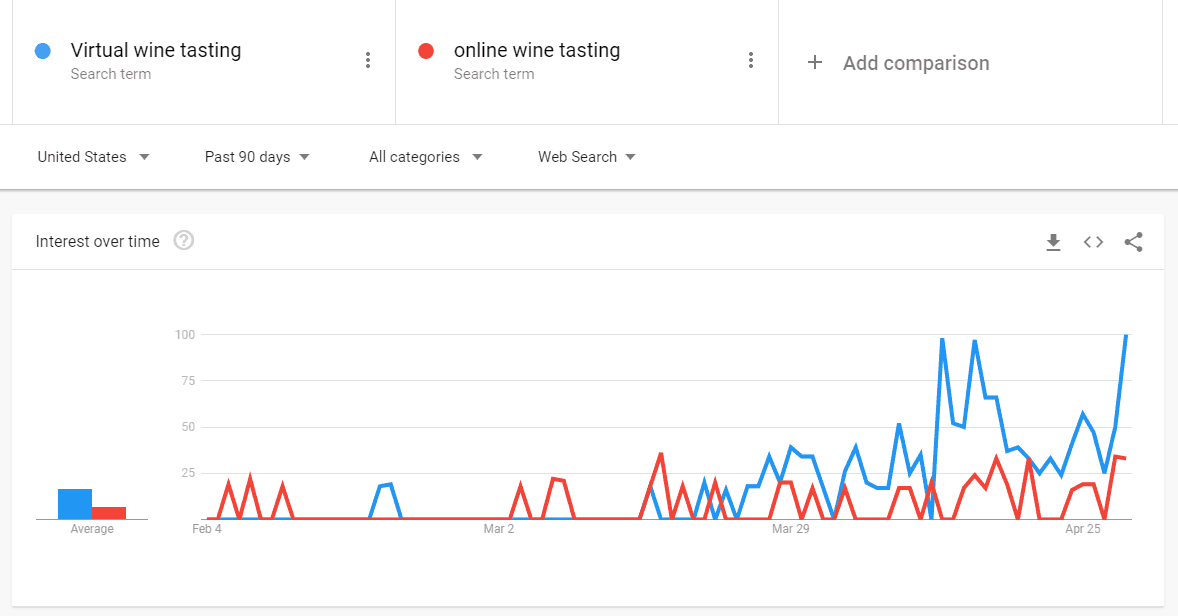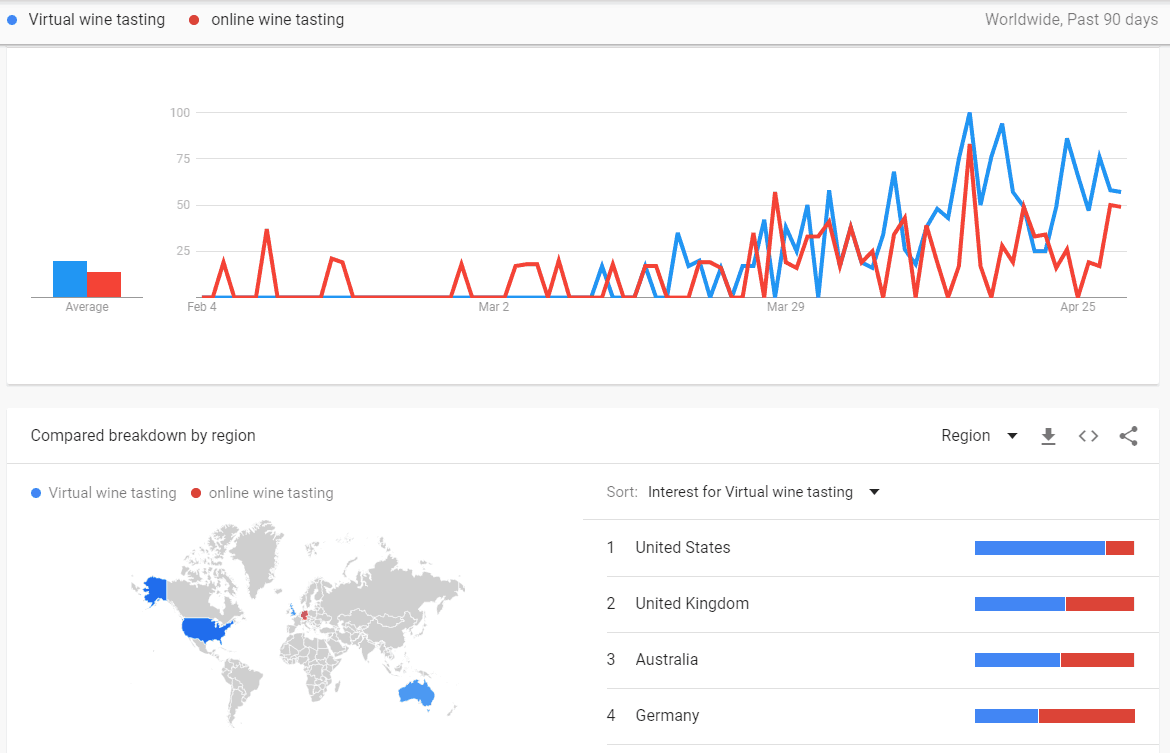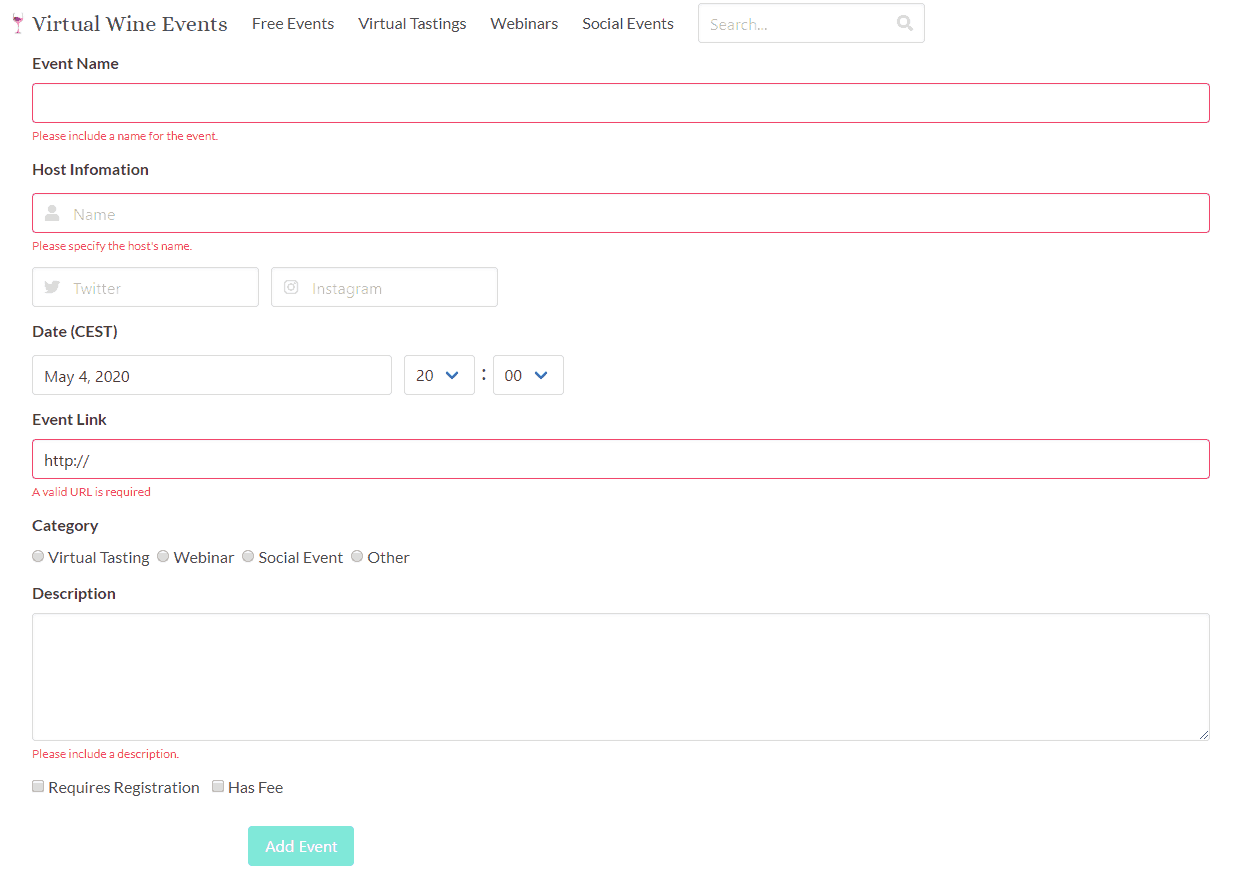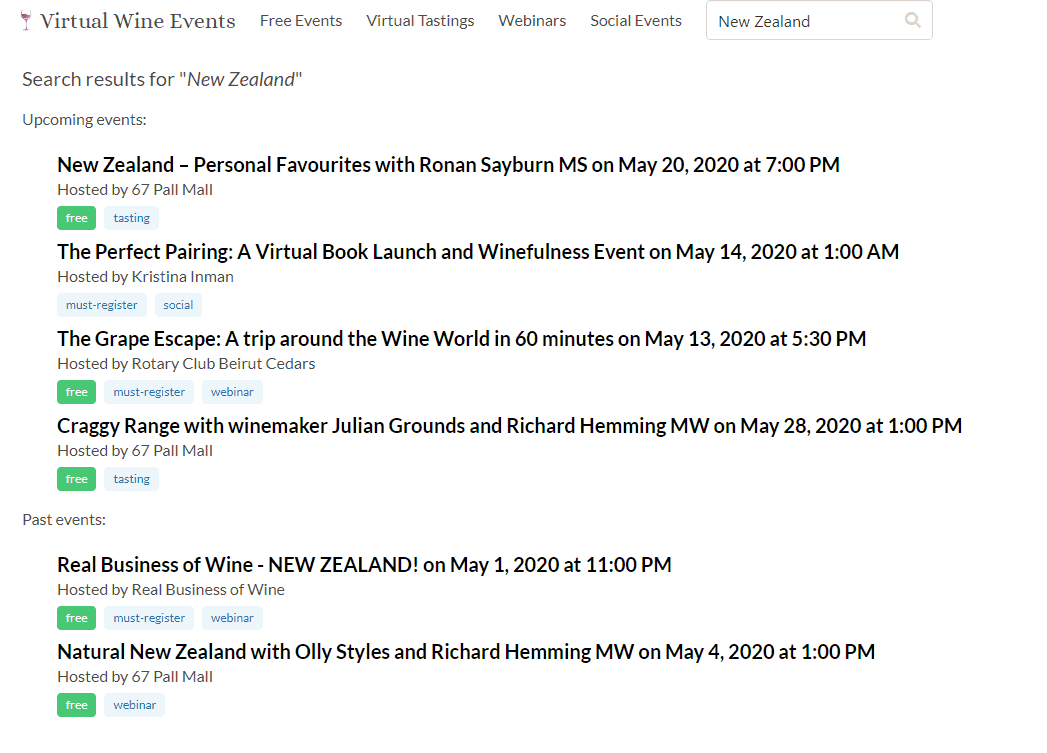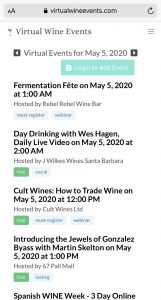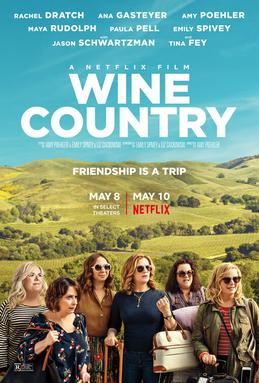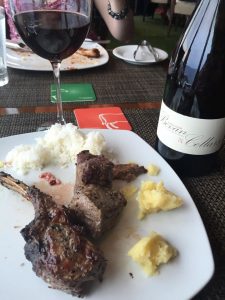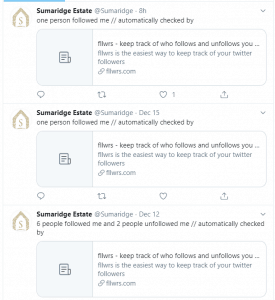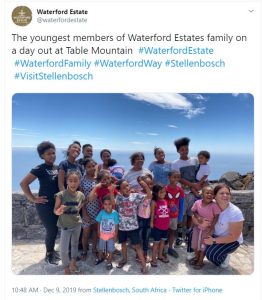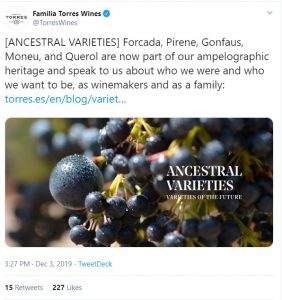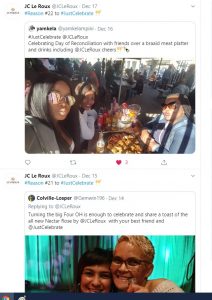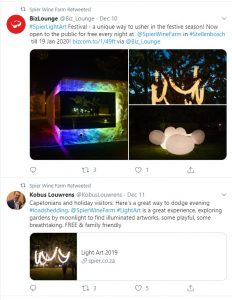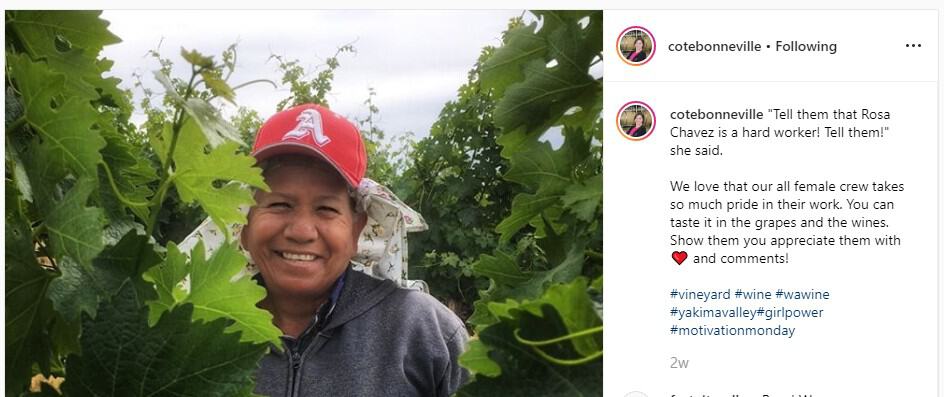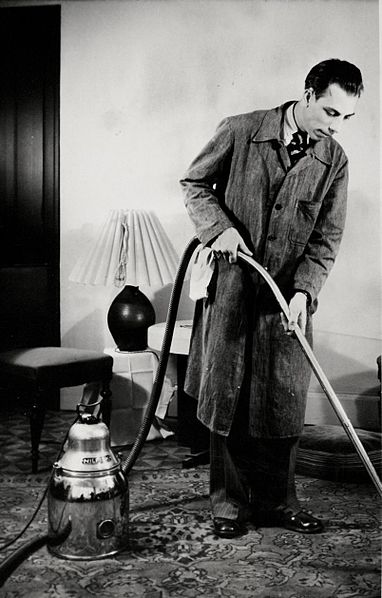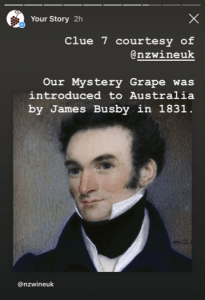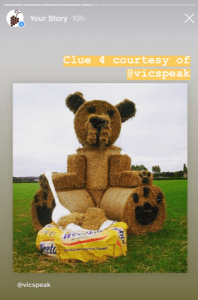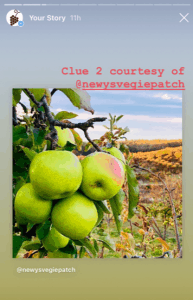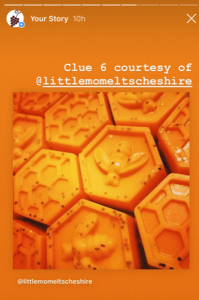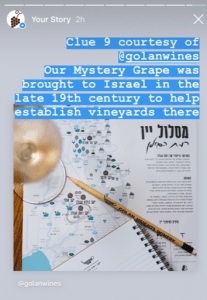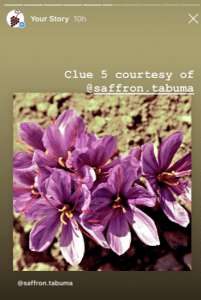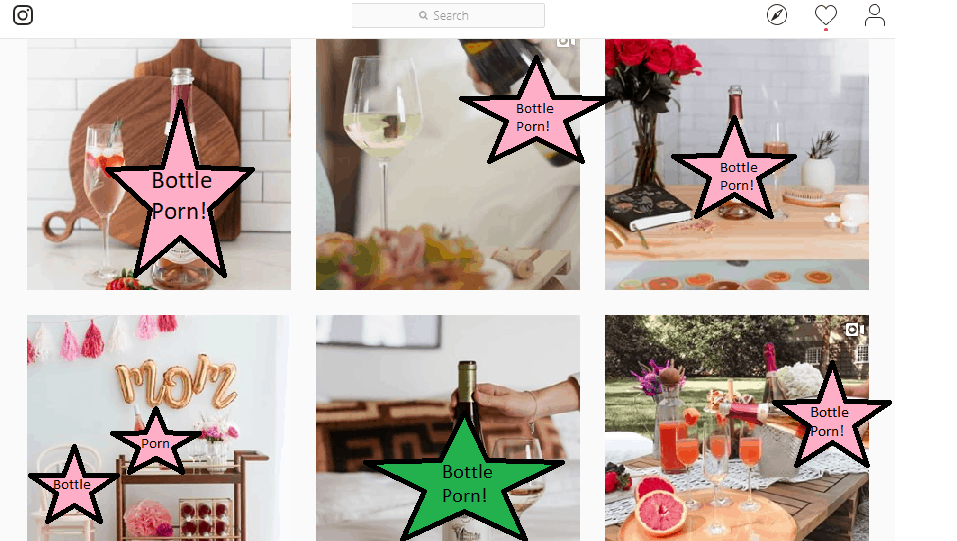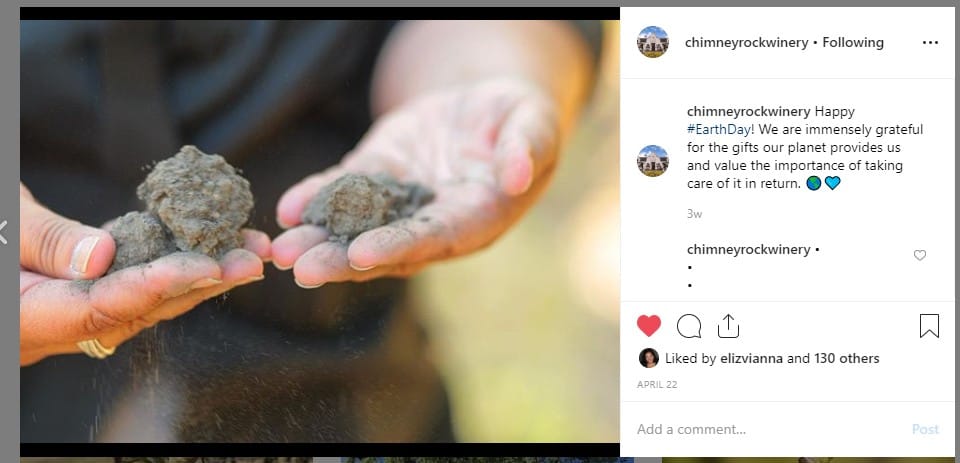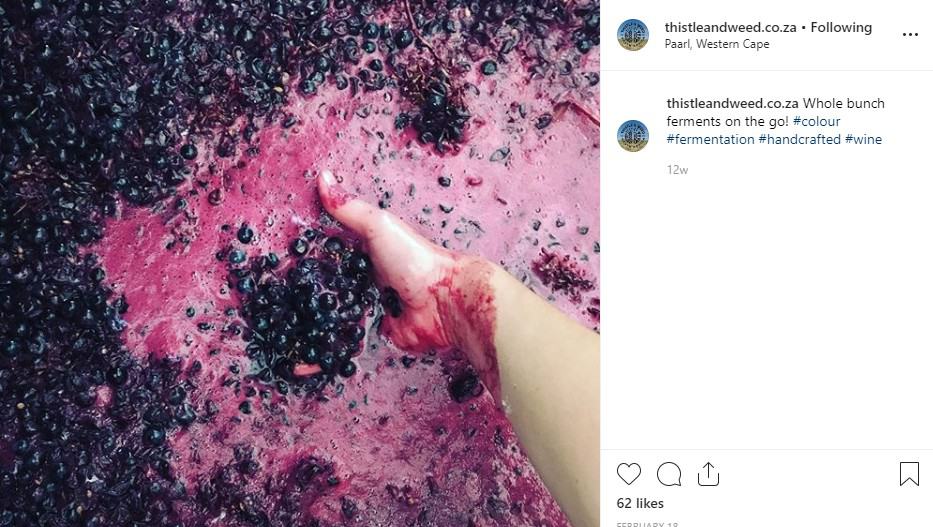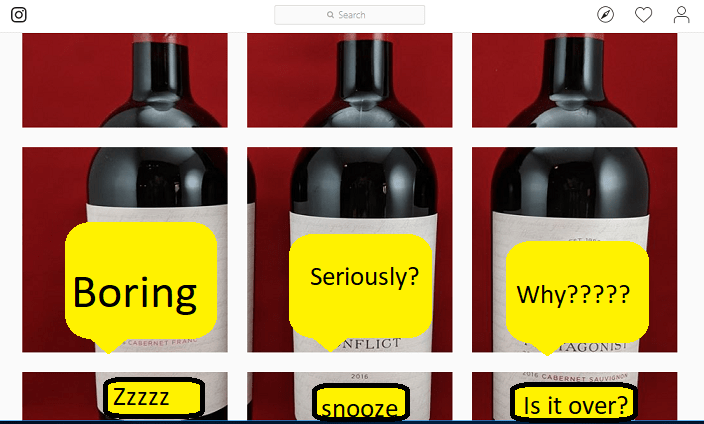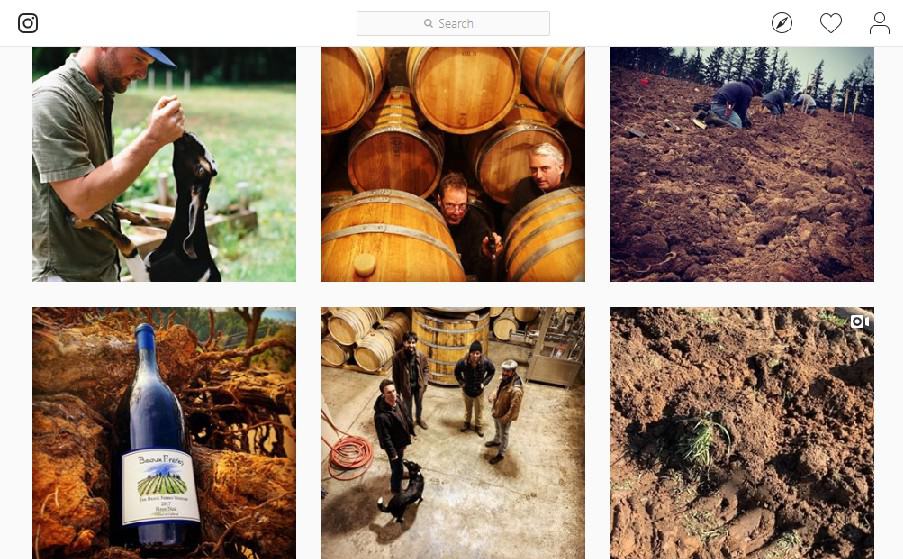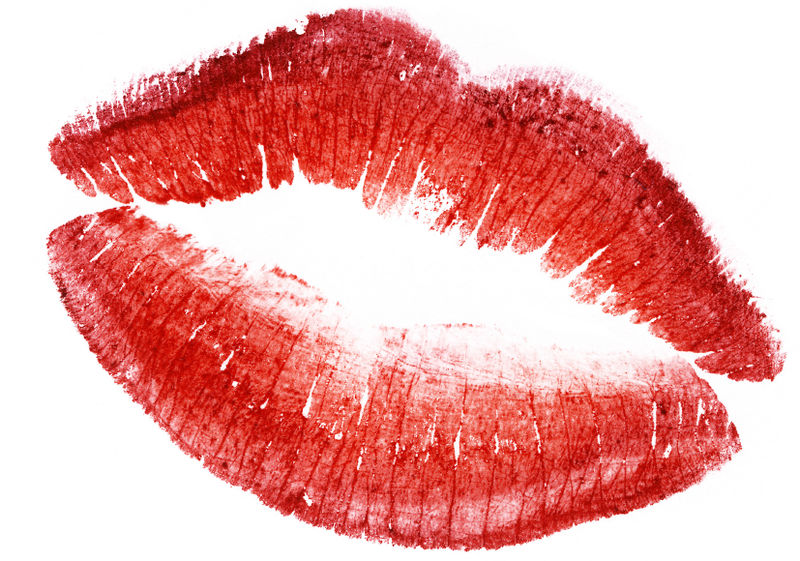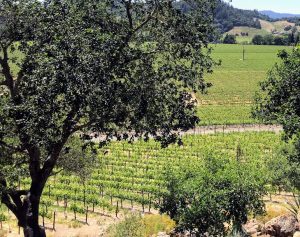I call them the “Witching Hours.”
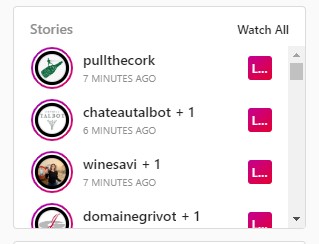
Every day starting at 5 pm, my smartphone buzzes alive with notifications. Someone is going LIVE on Instagram! Then another and another! 6 pm, 7 pm until they finally start to die off around eight.
And that’s just the first round of Witching Hours for IG events in Europe and South Africa. Like clockwork, if I forget to shut off my phone, I’m sure to be awakened at 2 am (CET) when the 5 pm Witching Hour on the US West Coast springs to life.
Of course, it’s not just wineries who are rushing to this platform. Pretty much everyone is hopping on the IG LIVE train from celebrities to chefs and musicians to regular folks just wanting to chat.
Eventually the avalanche of events will abate, but they’re not going to go away completely. As I’ve noted before, new habits are being forged and, for the 800 million daily users of Instagram, IG Lives will always be some part of their consumption. To that extent, I fully endorse wineries dipping their toes in this digital ocean.
But after months of watching numerous IG Live wine events, I do have a few suggestions.
1.) Realize that this is a competition for eyeballs
In short, don’t suck.
Every winery knows the challenges of competing amidst the “Wall of Wine” at a wine shop. However, on Instagram, you’re not just competing with a swell of other wineries and wine folks hosting events. You’re also competing for attention with Cardi B, Justin Bieber and Carmelo Anthony.
You obviously shouldn’t expect 10,000+ viewers, but even if you only manage to pull in a few dozen, you have to understand that those eyeballs are precious. There are so many other things that they could be doing or watching. But they’re here, watching you. So make the most of it.
The first thing you should do is understand the platform and what you can do on IG Live. Instagram has posted a playbook recently with links and tips. Be creative and, above all, be social.
Don’t fall into the trap of so many virtual wine tastings. No one wants to watch you drone on and on about wines that we likely don’t have at the moment. Even people that do have the wine often get bored to tears listening to that. These events should be more about featuring you–your personality and passion–than they are necessarily about selling wine. If people like you, they’re going to seek out your wines.
Two ways to get people to like you is to entertain or engage them.

And if you have adorable baby goats, by all means, show us those adorable baby goats!!!!
Show them something different. Right now, a lot of folks are craving the outdoors like never before. So show them some of the beauty and diversity of your vineyards. Give them a behind the scenes view of the winery that they ordinarily wouldn’t get on a regular winery visit. Everyone sees the manicured lawns and beautiful barrel rooms. Show us the reality and not the mirage.
Feature a guest. It could be someone else in wine or a musician, comedian, chef, etc. If you’re a family winery, hammer that point home by showing us Grandma Jean or Uncle Roger. Even if they’re not directly involved in the winery, they’re part of your story and what makes you different. Bonus points for featuring embarrassing childhood photos of the winemaker.
But remember that one of the charms of IG Live is the real-time feedback and interaction. Ask questions of your audience and pay attention to their responses. Make them feel like they’re part of the event.
2.) Make sure that people know that you are having an event–and cast a wide net
The biggest limitation of Instagram Live is that often people don’t know when they’re happening. Oh sure, if you’re like me and following lots of wineries and wine people, you can’t escape them. But most wine consumers aren’t following that many brands–especially on Instagram where years of boring bottle porn have turned off a lot of folks from following wineries.
The beauty of IG LIVE is that you can use engaging events to bring more people back to your Instagram feeds and encourage them to follow you. But you have to reach them first.
Overcoming this obstacle was one of the reasons why I developed VirtualWineEvents.com. With digital platforms, you can reach a global audience and don’t have to be limited to only folks who already know and follow your brand.
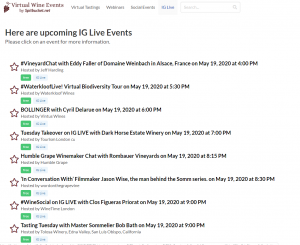
Once we realized how often people were searching for “Instagram” and “IG” on the site, we created a separate page just to highlight IG Lives.
There’s no reason why a winery in California hosting an IG Live at 1 pm can’t reach a consumer in Chicago, Dallas (3 pm), Toronto, New York (4 pm), Buenos Aires (5 pm), London (9 pm), Paris, Capetown (10 pm) or even Auckland (8 am).
Even if your wines aren’t available in those markets (yet!), people travel and talk. Tourism will eventually return. So why not be part of the global conversations that are happening everywhere online?
3.) Remember, it’s always 5 o’clock somewhere
The most practical advice I can give wineries is to listen to the wisdom of Jimmy Buffet and Alan Jackson. We don’t need to launch these events all at the same time. Especially with that global reach, there is an audience for exciting and engaging online wine content almost any time. It’s undoubtedly advantageous to have your event when there is less eyeball competition.
The vast majority of IG Lives get launched at the top of an hour. So even a simple offset of starting at half-past (when many events have ended) or quarter-till (before the next batch starts) is a smart move. But if I had a winery in the US, I would particularly think about doing a late-evening event between 8-10 pm (PST). I’ve been seeing things on VirtualWineEvents.com that suggest this time slot could be very promising.
Though, a caveat. With the Virtual Wine Events site only being live for a couple of weeks, I don’t want to read too much here. But, so far, we’ve seen a fairly consistent traffic pattern with a jump of users checking out the site and clicking on events at 8 pm (PST). Below I have a document read chart (i.e., events seen and clicked) from a typical day.
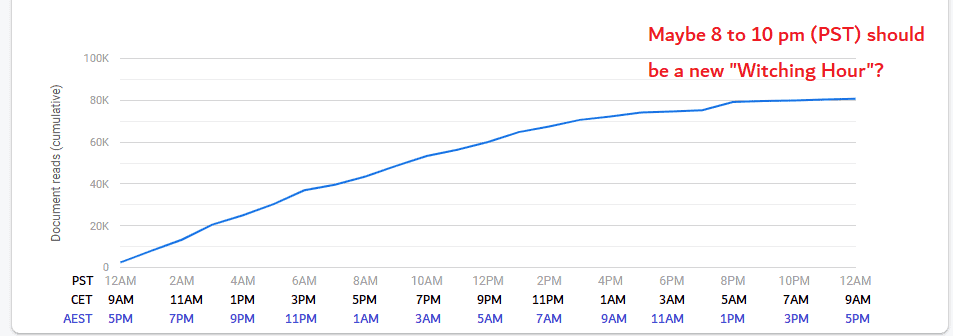
PST – West Coast US
CET – Central European Time (Paris, Rome)
AEST – Australia East Coast (Sydney, Melbourne)
Again, a small sample size but intriguing. If you think of it from a consumer’s POV, what do we usually do after dinner when we’re bored? We hop on our phone and look for something to entertain us.
But at that time, you might not want to commit to a full master class or hour-plus event. Folks are more likely to be looking for something easy and fun–a distraction. Dropping in on a short IG Live event (most last around 25 to 45 minutes) doesn’t feel like that much of a commitment.
If the topic is interesting (i.e., not “Hey, watch me drink and swirl a Chardonnay for 20 minutes!”), then it’s an easy click of the button for someone to join from the comforts of their couch or bed.
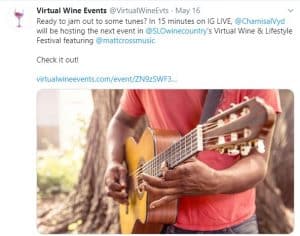
To leverage that impulsive, looking for something to do nature, I set up schedule tweets with the VWE Twitter account to steer people towards interesting IG Live events happening soon.
This is definitely (at the moment) an untapped time period for US wineries. It also works great for Australian wineries that are eying the US market as this witching hour falls smack in the middle of the day for you. Maybe even catch some early rising Europeans as well.
Again, this is the advantage of using these digital tools.
Thanks to platforms like Instagram Live, when wine consumers are looking for something to do, they can usually find it. Even when things return to semi-normalcy, we’re not going to abandon these habits completely. The urge to ward off boredom is always present. And the dopamine high of a notification buzz is potent.
Thankfully, it also pairs well with wine.

